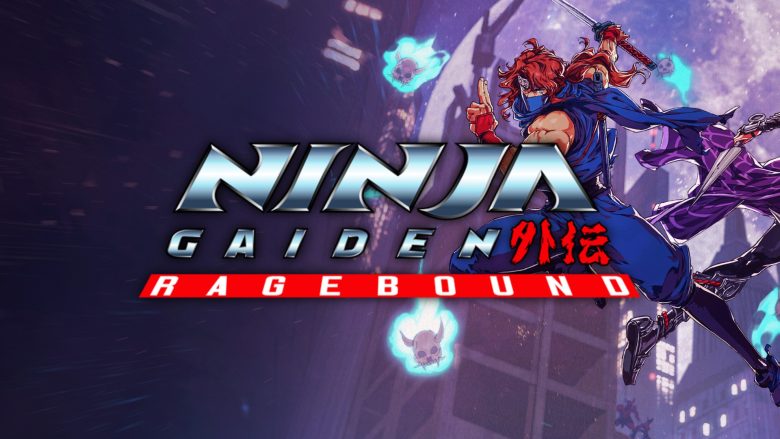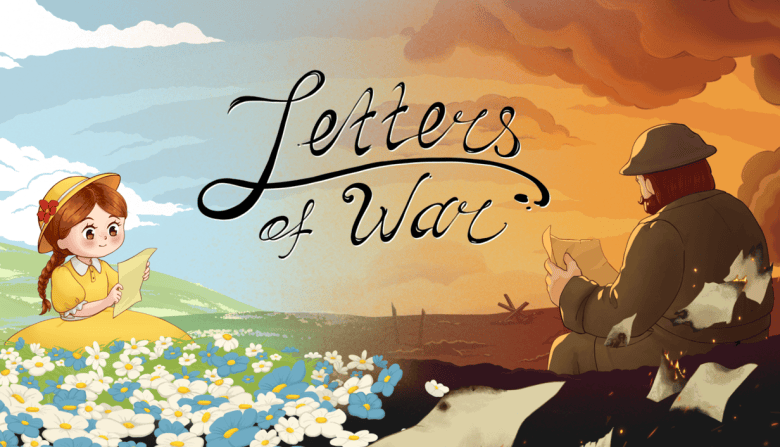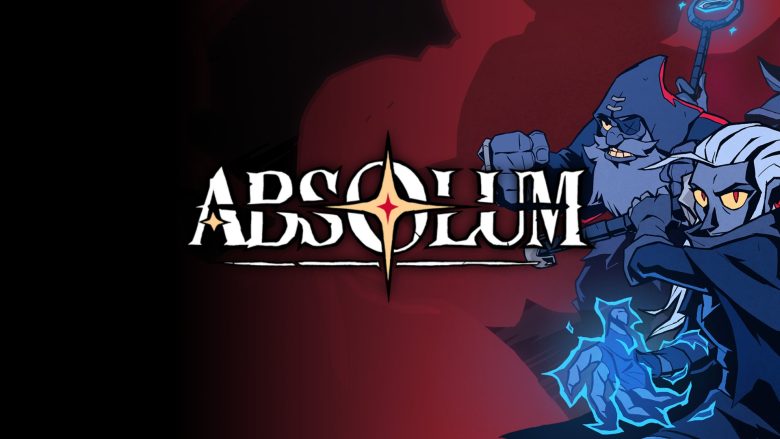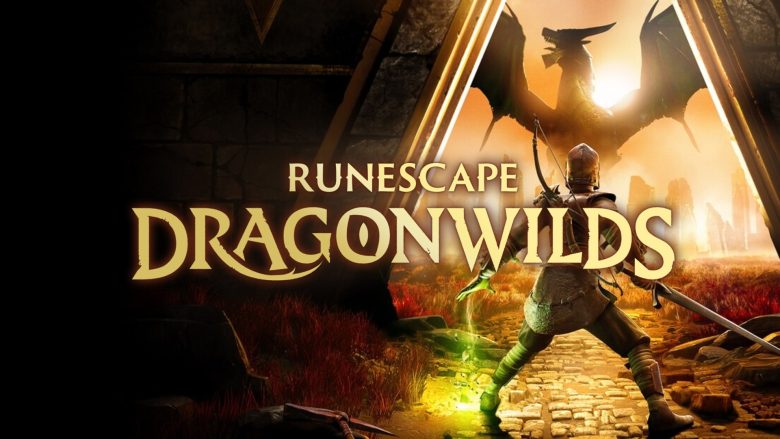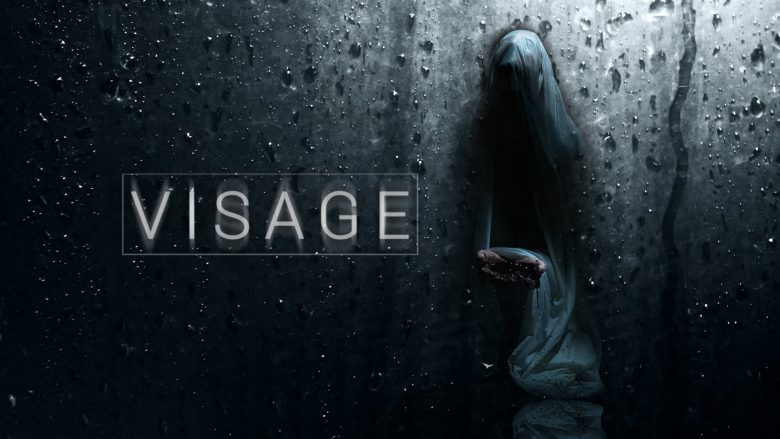Does Hack ‘n’ Slash adrenaline run through your veins? Then take a look at ENENRA Daemon Core. A promising title from a solo developer.
Stylish Hack ‘n’ Slash is a genre that has a truly large following of players who love it. The melee fights, the frenzy, learning new special techniques and the epic boss fights are some of the elements that distinguish them.
Although there is also a narrative component, the focus of the experience is entirely on the gameplay and game mechanics.
Anyone who has played titles like Bayonetta, Devil May Cry, Nier: Automata or the recent Hi-Fi Rush remembers how satisfying and fun the melee part is. The feeling of the weapon, its impact on the opponent and the sensation of receiving the appropriate score for the performance are the founding experience.
A good Stylish Hack ‘n’ Slash is not easy to create. It requires knowledge, especially of combat design. In this case in ENENRA, we glimpsed something interesting.
A Solo Developer
Behind the ENENRA Daemon Core project, there is a single developer: Zahid Ali Jeelani, Game Mechanics Designer at Spliced Inc. In his CV he also boasts two years as combat designer at Ninja Theory. His knowledge is certainly fundamental to the success of his solo project. He constantly updates his progress in the game with short videos on social platforms.
Due to his skills, the progress we see is almost all on the protagonist’s movement, combos, techniques and combat design.
Lore and Background
In the ENENRA universe every individual is born with a Daemon Core. Daemon Cores are crystallized organs and give their owners supernatural abilities.
A corporation of mercenaries called Ronin Industries searches for the most skilled and promising wielders. The goal is to create a militia stronger than any other army. The character controlled by the player is called Enenra. A Daemon Core hunter, in the pay of Ronin Industries.


First Impressions
Visually speaking ENENRA presents a mature and futuristic artistic style. Although the areas are not yet well defined and only sketched out, the cyberpunk setting is evident. The protagonist and the still sparse environments are very reminiscent of the atmosphere of Metal Gear Rising, also due to the use of the protagonist’s Katana. Blood is another element that is not missing. The wounds bleed profusely and there is no shortage of brutal executions by the protagonist. Blood is present both on the weapon and in the game environment.
The movement is reminiscent of old titles like Prince of Persia: The Sands of Time, with wall jumps and wall runs that harken back to those times. In addition to this there is a grappling hook to access more vertical areas.
Combat System
What we can understand from the short videos and comments from the developer, ENENRA seems to be solid in terms of the combat system. We have the classic forward dashes to give more mobility to the fight. Like any good Hack ‘n’ Slash there is no shortage of air throws for aerial combos. There also seems to be the presence of cancel combos for situations with many enemies. The sword is used both to parry weapon blows (even at a distance) and to unbalance the posture of opponents in close combat. We also have a dodge that seems to slow down time if timed right.
In addition to the life bar, the protagonist has another essence bar. It allows us to attack using stance attacks or core attacks. A core attack uses essence. All attacks are infused with that stance, so performing a main combo with a particular stance will allow you to have advantages and bonuses with each hit.
A gem is the acceleration towards the wall which allows a bounce and a dodge, adding cinematic moments!


Although there is still almost nothing in terms of story and characters, ENENRA Daemon Core seems to grow gradually with a solid basic structure. Only time will tell the truth but in the meantime you can follow the game on X, STEAM and on the developer Zahid Ali Jeelani’s page.


